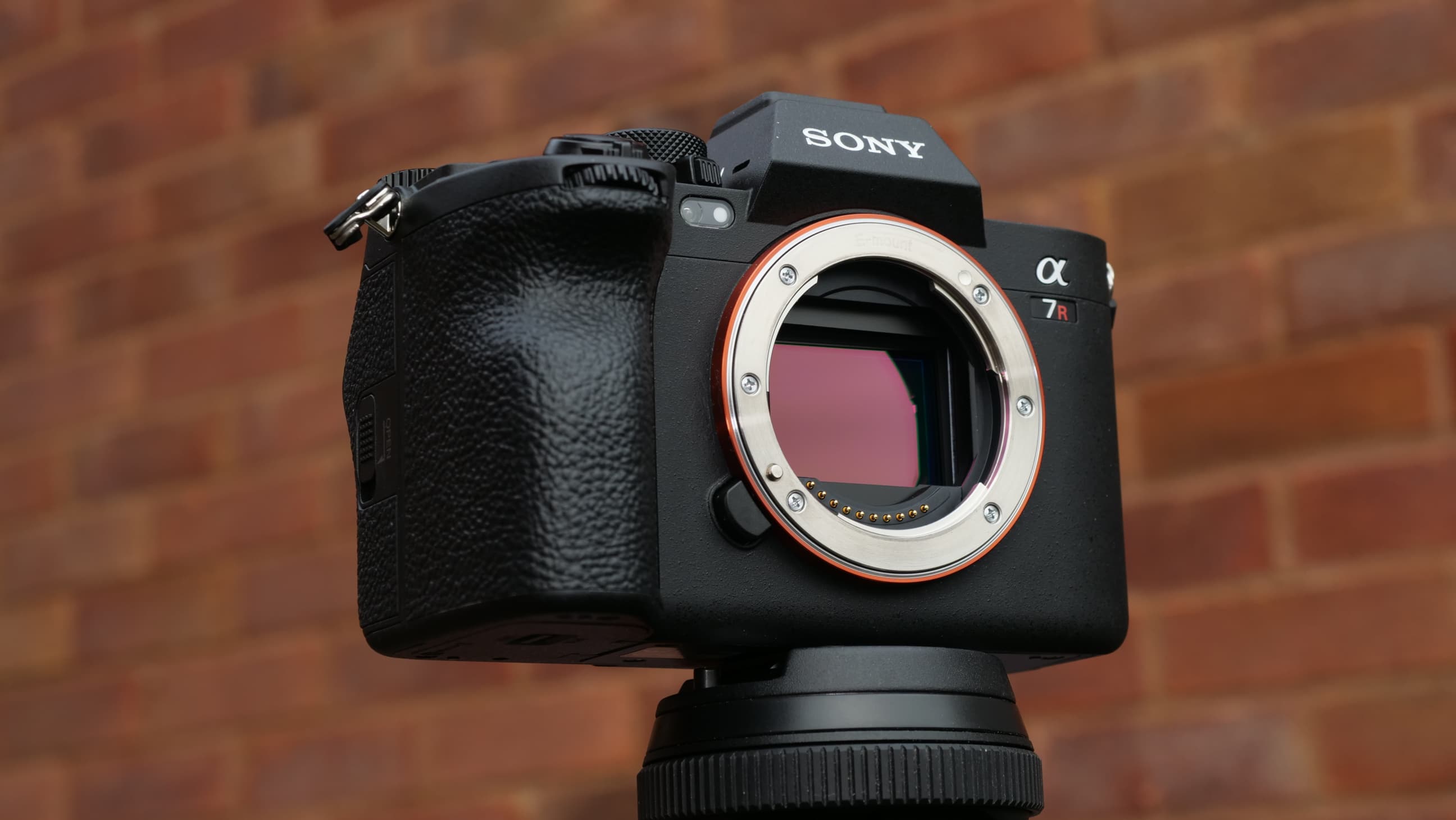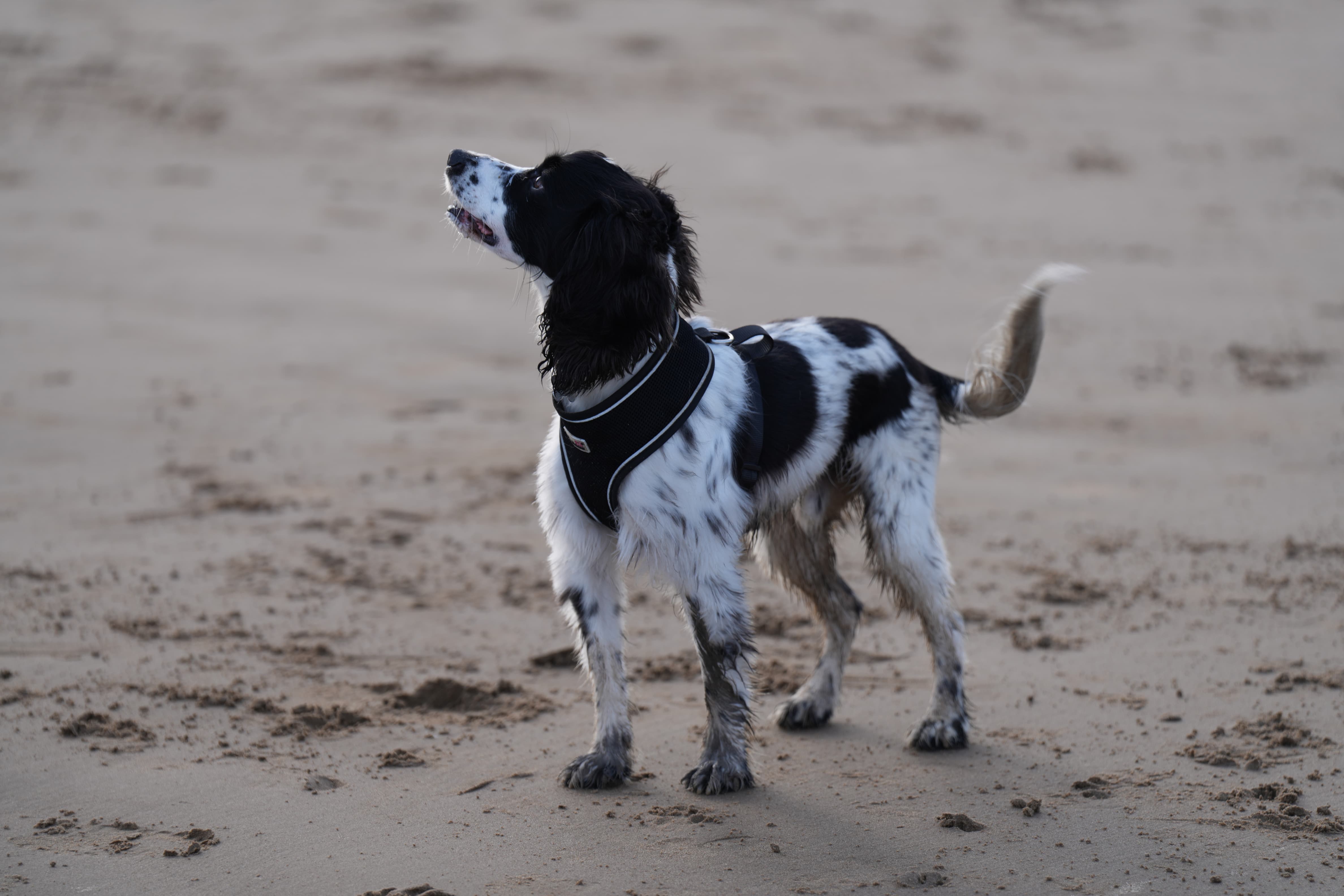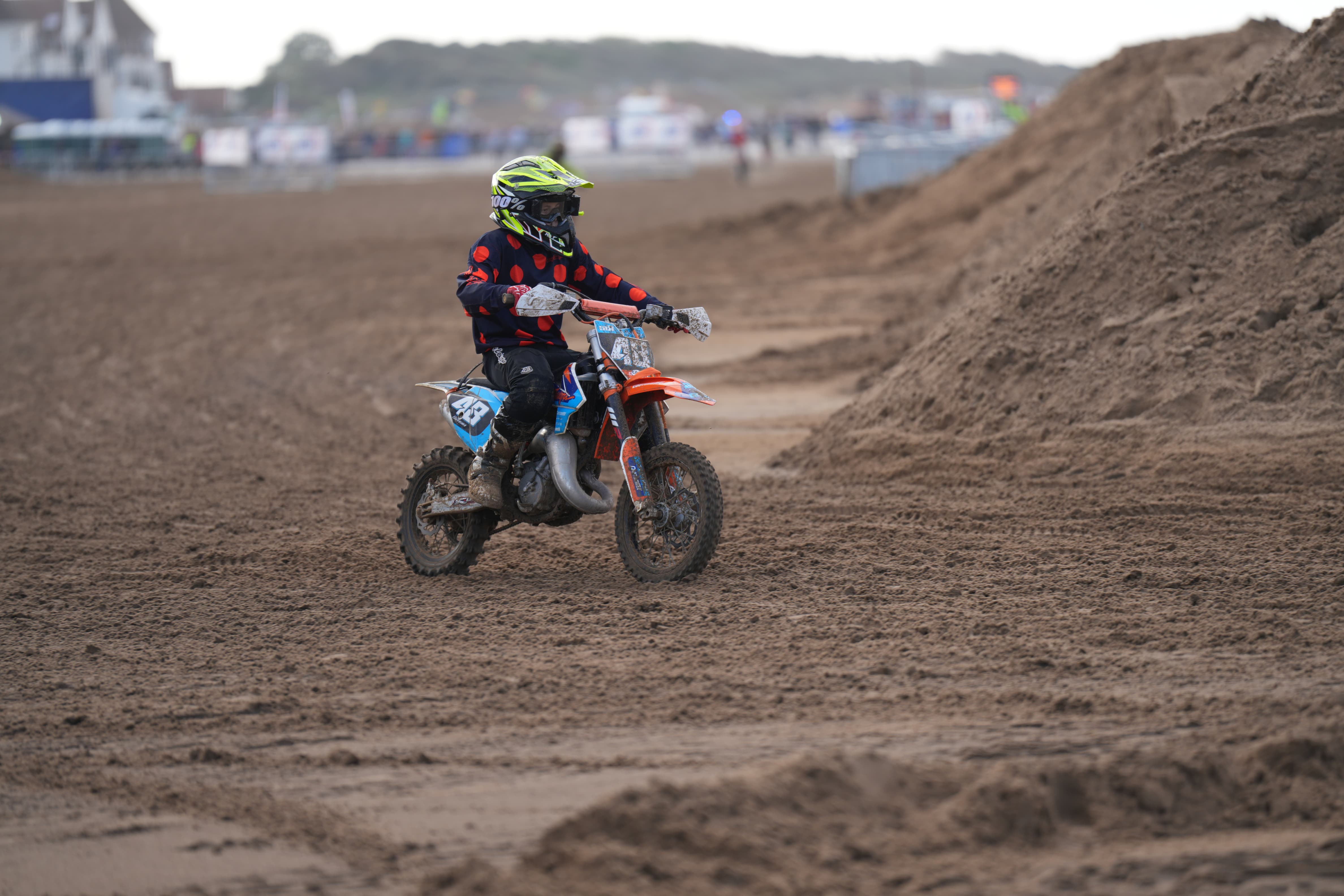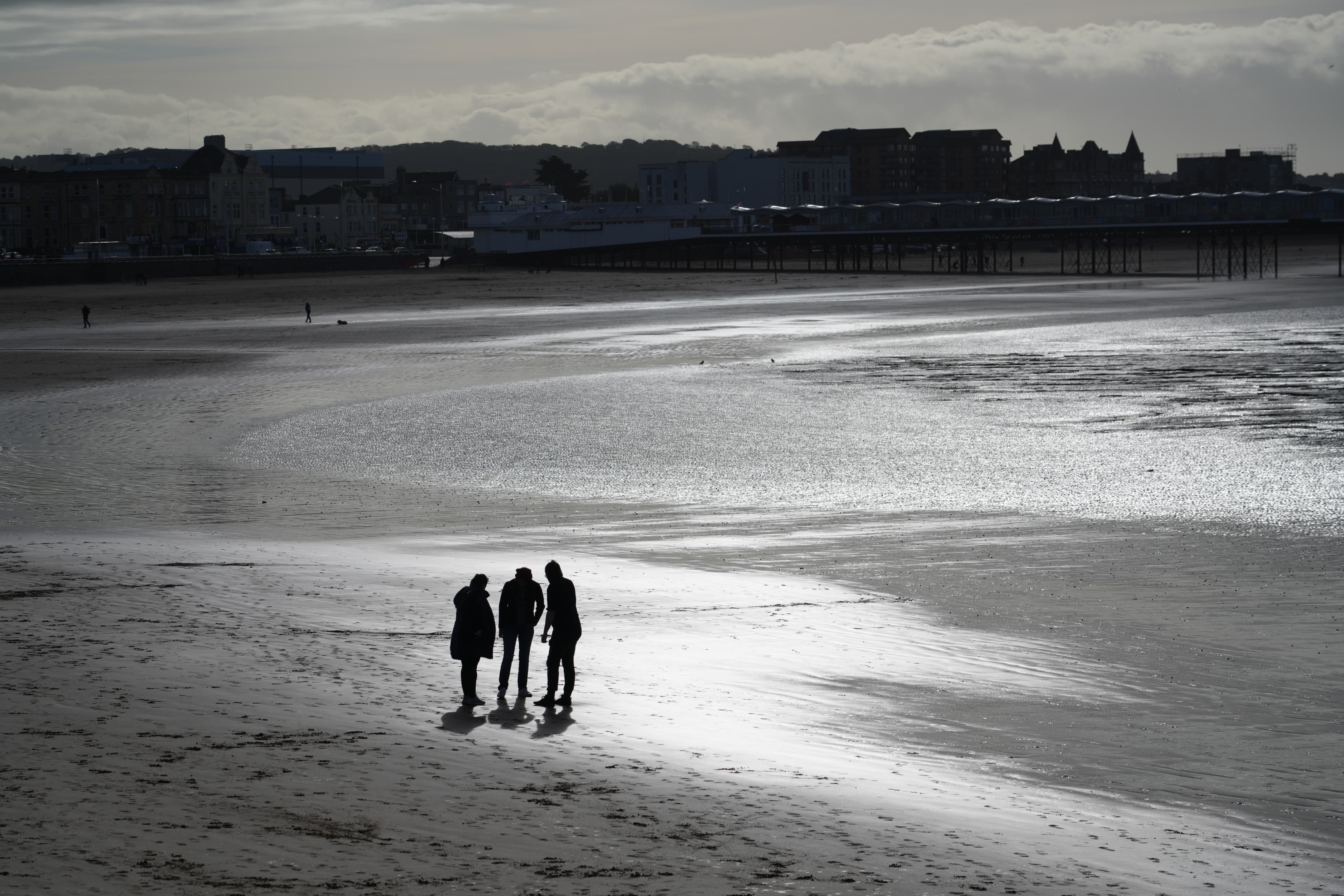Digital Camera World Verdict
More power! More speed! More everything! The Sony A7R V is like an episode of laddish TV show Top Gear. But while Sony pitches this camera as the resolution specialist, it blurs all the video and sports boundaries too and makes it harder than ever to choose the ‘right’ Sony camera. The A7R V is an amazing technological achievement, but is it heading in the right direction – or indeed any particular direction at all?
Pros
- +
8K video, though cropped
- +
Massively increased buffer depth
- +
Revolutionary AI focusing
- +
Vari-angle rear screen
- +
Improved IBIS
Cons
- -
Stays at 61MP
- -
Heavy reliance on custom buttons
- -
Video limitations
Why you can trust Digital Camera World
The Sony A7R V is Sony’s ‘resolution’ specialist, though its 8K video capability, vastly improved burst capacity and new AI autofocus are bound to drive a big wedge into the sports/action and perhaps video markets too.
This won’t make the Sony range any less confusing. The Sony A1 remains the ultimate powerhouse of the Sony range, though the A7R V beats it for resolution, and the Sony A9 II lumbers on as the sports specialist, despite being beaten for speed by the A1 and beaten by the A7R V for autofocus technologies. The Sony A7S III is still the low-light video specialist, though its 12MP sensor effectively rules it out for stills photography, while the Sony A7 IV is cheaper than the A7R V and at perhaps better for hybrid stills/video work.
The Sony A7R V is clearly one of the best Sony cameras, not to mention of the best cameras for professionals and even one of the best cameras for sport – though Sony seems to be aiming more at the wildlife/nature/wedding market.
Sony’s habit of packing more power into every new camera and pushing the envelope in every direction at once is great for headlines, but potentially baffling for buyers.
But let’s forget the rest and get back to the Sony A7R.
Specifications
Sony model number: ILCE-7RM5
Sensor: 61MP back-illuminated APS-C Exmor R CMOS
Image processor: BIONZ XR + AI unit
Mount: Sony FE
ISO range: 100-32,000
Shutter speeds: 1/8000-30sec
Image stabilization: 5-axis IBIS, Active mode, up to 8 stops
Max image size: 9,504 × 6336 pixels
Max video resolution: 8K 24p
Continuous shooting: 10fps
Viewfinder: 9,444k dot EVF, 0.9x magnification
LCD: Tilting/vari-angle touchscreen, 3.1-inch, 2,095k dot
Memory: 2x SD UHS-II/CFexpress Type A
Size: 131.3 x 96.9 x 82.4 mm( 5 1/4 x 3 7/8 x 3 1/4 inches)
Weight: 723 g (approx. 1 lb 9.6 oz)
Key features
This camera has the highest resolution sensor available for full frame cameras. It’s matched by the Sigma fp L and Leica M11, but there’s nothing that offers more megapixels in this format. Some will have hoped for yet more from Sony’s resolution specialist, but 61MP is arguably enough – especially with Sony’s improved 240MP Pixel Shift Multi Shooting mode.
The best camera deals, reviews, product advice, and unmissable photography news, direct to your inbox!
The bigger news is Sony’s new AI-powered AF system, driven by its own bespoke AI processing unit. This increases the range of subjects the camera can recognise and track to include insects, cars, trains and airplanes. The A7R V now has animal/bird head and body recognition, not just eye detection, and perhaps most important of all, it can now recognize human subjects by their shapes, limbs and poses, not just from faces and eyes.
This sounds more like the province of dedicated sports cameras, though it’s easy to see the benefit of enhanced subject and human recognition for wedding/event or wildlife photographers – two key areas for this camera. The massively increased burst depth means the A7R V can capture up to 8x more raw files in a burst than its predecessor, so this in conjunction with the AI AF is bound to interest sports shooters too.
We’re mentioning the 8K video last because it’s perhaps not the A7R V’s strongest feature. The frame rate tops out at 24p and it comes with a 1.2x crop. You can capture full-width video but only at 4K, and it’s not clear yet whether this is oversampled or not – and if you want 4K 60p, you’re back to the 1.2x crop of 8K video. It might lead with that magic ‘8K’ headline, but the A7R V does not look by any means a video specialist.
Build and handling
The A7R V feels a thick and sturdy camera with a decent grip, just like the A7R IV before it, and the new multi-pivot screen doesn’t feel as if it’s made it any thicker. The two cameras are remarkably similar, in fact, though the EV compensation dial on the old model has been swapped for an unmarked multi-function dial.
What Sony’s A7 bodies have in common is a relatively low body height. This means you can only ever get three fingers around the grip and your smallest is left dangling under the baseplate – unless you move your grip upwards and leave your index finger hovering on or near the shutter release in a shooting position.
Sony still hasn’t opted for a top-mounted status LCD, even though it looks like there would be room for one if the mode dial was swapped over to the left side. But one of the characteristics of Sony’s cameras is that while the internal technologies are updated with each new version, the exteriors remain largely frozen in time.
The rear screen, however, works brilliantly. The vari-angle pivot is very welcome, but you can still tilt the screen if you want to and have it stay on the lens’s optical axis. The EVF, which has the highest resolution currently available, is excellent.
The A7R V, like other Sony cameras, relies heavily on custom buttons rather than physical controls adapted to each camera’s strengths. So the top plate still has an old-school mode dial (with a green ‘auto’ button? On an expensive pro camera?). Underneath is a lever for stills, movie and S&Q modes, which is welcome, but why not add continuous mode too? It is one of this camera’s selling points, after all.
Just behind the shutter release on the top of the camera is the movie record button. You might have to shift your grip to reach it with your index finger, which doesn’t seem ideal. There are mic and headphone ports on the side, and full size HDMI under the flap alongside. However, if you want to capture best-quality oversampled 4K video, that's in Super35 crop mode. Like previous A7R models, this one seems designed to shoot video when you need it, but not designed for video per se.
Performance
Our sample images show all the resolution and quality we’d expect having used the A7R IV before this. We didn’t have the camera for long enough to test its video features, nor its improved image stabilization. We also look forward to testing the continuous shooting buffer capacity when we get a review sample.
We did, however, try out the AI autofocus on a number of different subjects. The human AI is very good at picking up human shapes in the frame, even people in the middle distance with their backs to you. The animal detection was similarly impressive, though we got better tracking with a black and white dog than a golden retriever – more testing needed perhaps.
The A7R V excelled at tracking wheeling gulls against a blue sky, even with its regular tracking AF and not the bird detection mode. However, it seemed to struggle with a crow pecking at the ground – in fact the AF stopped working a couple of times after giving up, then came back when. the camera was powered down and then back on again. Very odd.
The subject recognition isn’t always convenient, though. In our tests we were photographing people and scenes at a motocross event, and sometimes we wanted to focus on a motorcycle (say) and not someone standing nearby. No doubt you can customise a button to switch the human recognition on and off, but when you’re photographing a mix of subjects like this, it might just get in the way.
This is the trouble with artificial intelligence – it can feel like you’ve got two people working the camera, not one.
Video
Sony's video continues to impress in its overall quality, with the processed video straight out of the camera being sharp with good color balance and fantastic dynamic range. Although the footage still requires a little tweaking to get it perfect for social media or any other direct use as it is a little drab in color. Serious videographers do have the choice of more codecs for precise editing.
The A7R V offers 8K video recording, this is without a time limit, although you will still be heavily restricted by the SD cards you have available, as only the fastest SD write speeds will be able to cope with the maximum readout, and cards will get filled up with data very quickly.
The video in 8K is also hamstrung by being cropped, while this isn't an issue if you have access to especially wide-angle lenses, it was a challenge to shoot certain subjects in my testing with the 50mm lens I had chosen to walk around with that day that I would not have faced without the crop factor.
The biggest headache with filming in 8K on the Sony A7R V is battery life. When filming I could actually count the battery percentage in the drop corner dropping before my eyes. The battery did not make it through a single testing day of filming short clips around London. The battery fairs better in a lower-spec video (but isn’t a dramatic improvement), so if you are planning on filming a lot with this camera, you might want to invest in several batteries or keep it connected to an external power source.
Below is a sample video from the Sony A7R V shot and edited in 8K.
Lab results
For our lab data comparison, we compared the a7R V to its main rivals from Canon, the EOS R5, along with a medium-format camera in the same price range: the Fujifilm GFX 50S II. We also re-tested the a7R IV alongside the a7R V to see how different the new generation Sony is from its predecessor in terms of image quality.
We test resolution using Imatest charts and software, and dynamic range and signal-to-noise ratio with DxO Analyzer.
Resolution (line widths/picture height):
The two Sony cameras inevitably perform almost identically in this test. There is a subjective element to evaluating the resolution scores, so marginal differences aren't statistically significant. It is impressive how, despite having fewer megapixels, the GFX 50S II matches - and can even exceed - the resolving power of the a7R V: that's the medium format difference in action.
Dynamic range (EV):
Both Sony cameras and the Fujifilm are very closely matched when it comes to capturing dynamic range, with the a7R V just edging out its older sibling at higher ISOs. The EOS R5 does similarly well at lower sensitivities, but can't match the other cameras at ISO 800 and beyond.
Signal to noise ratio (decibels):
This test compares the amount of random noise generated by the camera at different ISO settings as a proportion of the actual image information (the 'signal'). Higher values are better and we expect to see the signal to ratio fall as the ISO is increased.
The results are very close across all four cameras, though it's the medium-format Fujifilm with its larger sensor photosites that ultimately wins out. Larger 'pixels' are more light sensitive and consequently less susceptible to generating image noise. The a7R V actually performs marginally worse in this test than the a7R IV, but the gap is incredibly close at higher sensitives, where noise suppression matters most.
Verdict
Technically overwhelming, physically underwhelming – that’s how the A7R V feels. The camera body feels too small – or not tall enough in the body – for the big pro lenses you’ll be using with it, and the controls follow a generic layout rather than being adapted to this camera’s strengths. You can customise the buttons endlessly to suit the way you work, but that takes time and also a good memory for which button you’ve customized to do what.
Technically, the A7R V is stunning. The new AI subject recognition AF is remarkable, both for its rapid identification and acquisition and its very sticky ‘tracking’. The image quality is every bit as good as that of the A7R IV before it (Sony says it’s better), and the bigger buffer makes the A7R V much more effective for prolonged burst shooting.
Read more:
• Best Sony cameras
• Best 8K cameras
• Best cameras for sport
• Highest resolution cameras

Rod is an independent photography journalist and editor, and a long-standing Digital Camera World contributor, having previously worked as DCW's Group Reviews editor. Before that he has been technique editor on N-Photo, Head of Testing for the photography division and Camera Channel editor on TechRadar, as well as contributing to many other publications. He has been writing about photography technique, photo editing and digital cameras since they first appeared, and before that began his career writing about film photography. He has used and reviewed practically every interchangeable lens camera launched in the past 20 years, from entry-level DSLRs to medium format cameras, together with lenses, tripods, gimbals, light meters, camera bags and more. Rod has his own camera gear blog at fotovolo.com but also writes about photo-editing applications and techniques at lifeafterphotoshop.com
- Gareth BevanReviews Editor






















